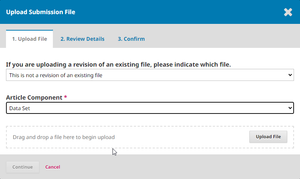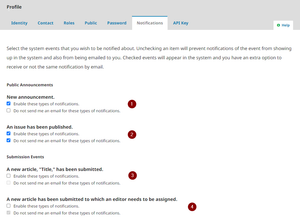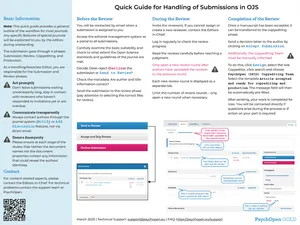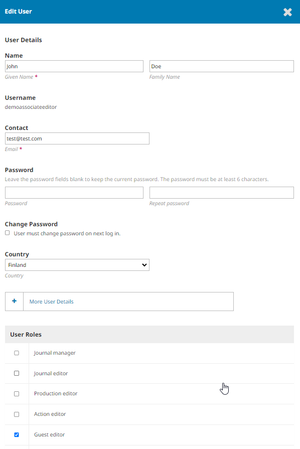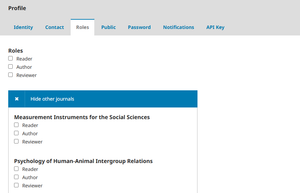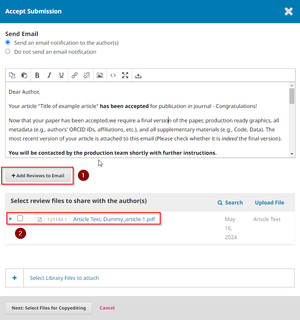Essentials at a glance
Accepted bitmap formats are PNG or TIFF. For line drawings we prefer a vector format, e.g., SVG or editable office charts or drawings. Image widths (A4-page): full page width: 2480 pixels; half page: 1240 pixels; quarter page: 620 pixels. No embedded bitmaps in vector files please!
When we speak of images, we mean bitmap files which are pixel based images. Increasing the size of a bitmap image will result in a loss of quality. Examples of bitmap file formats include PNG, JPEG, TIFF, or BMP. Vector files, on the other hand, are based on mathematical formulas and can be scaled to any size without losing quality. Examples of vector file formats are EPS, PDF, and SVG. Sometimes vector files formats can also contain embedded bitmap images. When submitting figures, we recommend using vector files whenever possible, however, please do not embed bitmap images in vector files.
We accept the following bitmap file types: PNG or TIFF; and for vector files: SVG. We also accept editable charts/drawings created with a suitable office program, which we will convert to a suitable format.
Bitmap image sizes
Bitmap images should have a resolution of at least 300 dpi (dots per inch), which equals approx. 2490 pixel in width for an A4 page. Image resolution, the number of pixels of an image and print size are related mathematically. That means, the pixel size varies depending on how large the medium is that the image will be printed or displayed on. For example, a 300 dpi image that is 4 inches (~10 cm) wide will be 1200 pixels wide (4 inches x 300 dpi = 1200 pixels). In the case of journal articles, a full width image on an A4 page would be 2480 pixels wide (8.27 inches (21 cm) x 300 dpi = 2480 pixels). Below is a guide on what width your image needs to be depending on how much of the page it should cover. No images should be smaller than a quarter A4 page width (e.g., 620 pixels).
- Full A4 page: 2480 pixels
- Half A4 page: 1240 pixels
- Quarter A4 page: 620 pixels
Lettering / labels
To add lettering or labels to your figures, it is best to use a sans-serif font like Helvetica or Arial. Try to keep lettering a consistent size, usually about 2–3 mm (8–12 pt). When submitting figures in vector format, please convert the text to paths. Avoid effects such as shading, outline letters, etc.
Further considerations
Images or figures should use RGB colours (8 bits per channel). Please make sure the colours used have enough contrast for good readability in black/white printouts. Moreover, please make sure that the images are not copyrighted. If you use images from other sources, please make sure you have the right to use them.

